| |||||||
 |
| Search this Thread |  105,154 views |
| | #1 |
| Senior - BHPian | |
| |  (122)
Thanks (122)
Thanks
|
| |
| | #2 |
| Team-BHP Support  | |
| |  (4)
Thanks (4)
Thanks
|
| | #3 |
| BANNED Join Date: Nov 2016 Location: Dehradun
Posts: 948
Thanked: 8,347 Times
| |
| |  (10)
Thanks (10)
Thanks
|
| | #4 |
| Distinguished - BHPian  Join Date: Feb 2006 Location: NSEW
Posts: 4,008
Thanked: 29,872 Times
| |
| |  (29)
Thanks (29)
Thanks
|
| | #5 |
| Senior - BHPian Join Date: May 2007 Location: Vadodara
Posts: 4,997
Thanked: 3,000 Times
| |
| |  (9)
Thanks (9)
Thanks
|
| | #6 |
| BHPian Join Date: Jun 2019 Location: Patna
Posts: 416
Thanked: 2,255 Times
| |
| |  (11)
Thanks (11)
Thanks
|
| | #7 |
| Distinguished - BHPian  | |
| |  (5)
Thanks (5)
Thanks
|
| | #8 |
| Distinguished - BHPian  Join Date: Oct 2018 Location: COK\BLR\MYS
Posts: 3,861
Thanked: 11,213 Times
| |
| |  (2)
Thanks (2)
Thanks
|
| | #9 |
| Senior - BHPian Join Date: Sep 2014 Location: Chennai
Posts: 5,073
Thanked: 9,319 Times
| |
| |  (8)
Thanks (8)
Thanks
|
| | #10 |
| BHPian Join Date: Feb 2020 Location: Lucknow
Posts: 156
Thanked: 836 Times
| |
| |  (15)
Thanks (15)
Thanks
|
| | #11 |
| BHPian | |
| |  (1)
Thanks (1)
Thanks
|
| |
| | #12 |
| BHPian Join Date: Oct 2009 Location: Mumbai
Posts: 629
Thanked: 437 Times
| |
| |  (2)
Thanks (2)
Thanks
|
| | #13 |
| BHPian Join Date: Jul 2012 Location: KL-08/Chennai
Posts: 864
Thanked: 1,996 Times
| |
| |  (2)
Thanks (2)
Thanks
|
| | #14 |
| BHPian Join Date: Dec 2020 Location: MUMBAI
Posts: 232
Thanked: 1,019 Times
| |
| |
| | #15 |
| Distinguished - BHPian  Join Date: Feb 2006 Location: NSEW
Posts: 4,008
Thanked: 29,872 Times
| |
| |  (5)
Thanks (5)
Thanks
|
 |
Most Viewed


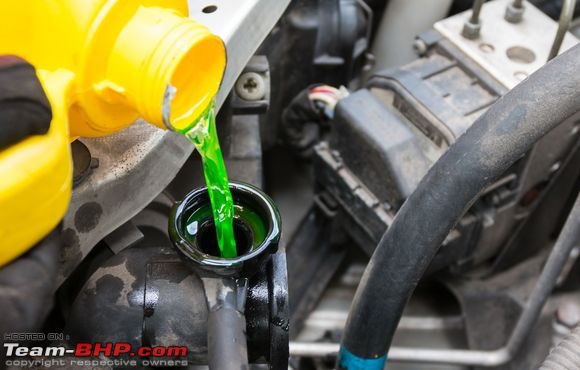
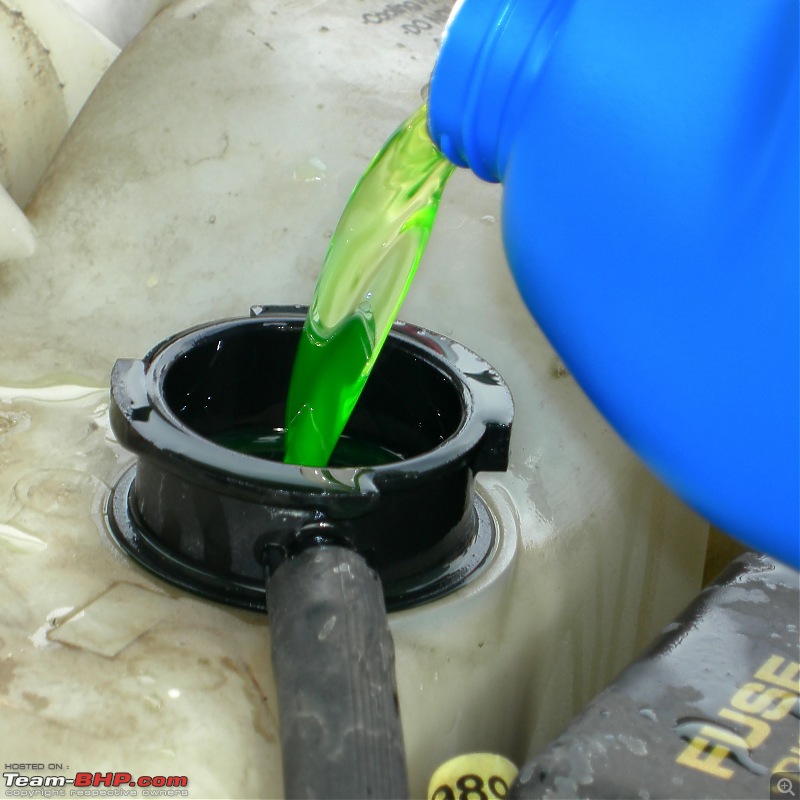
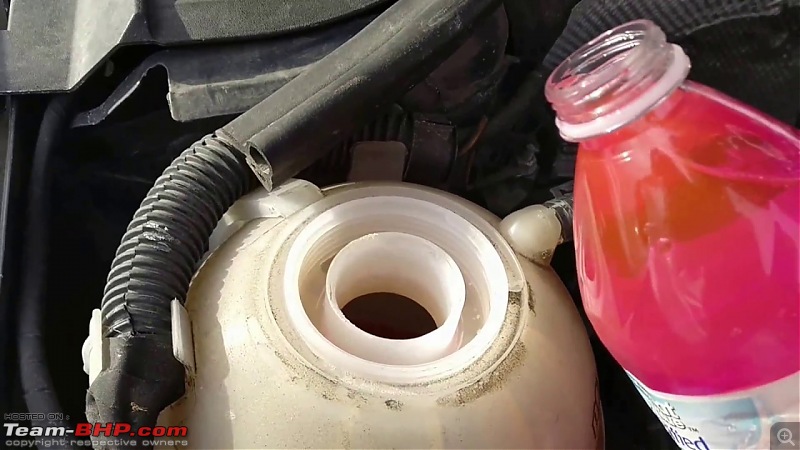
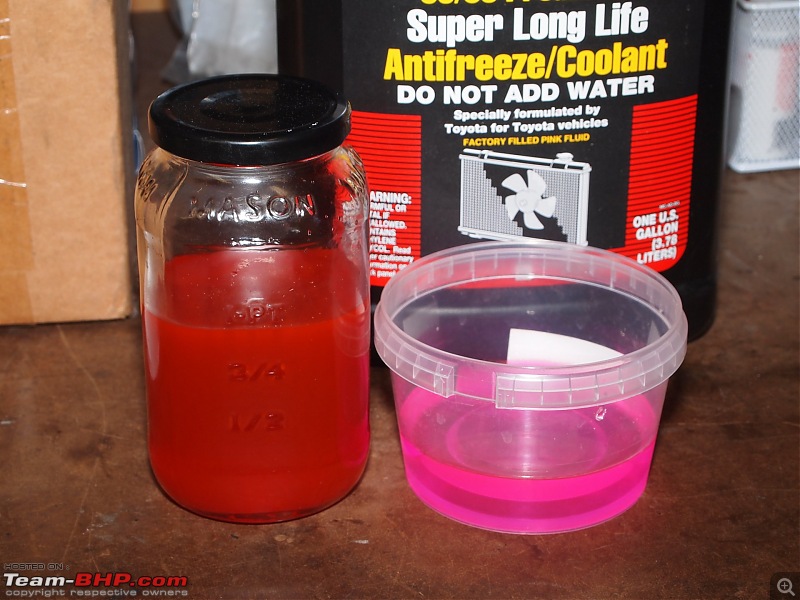
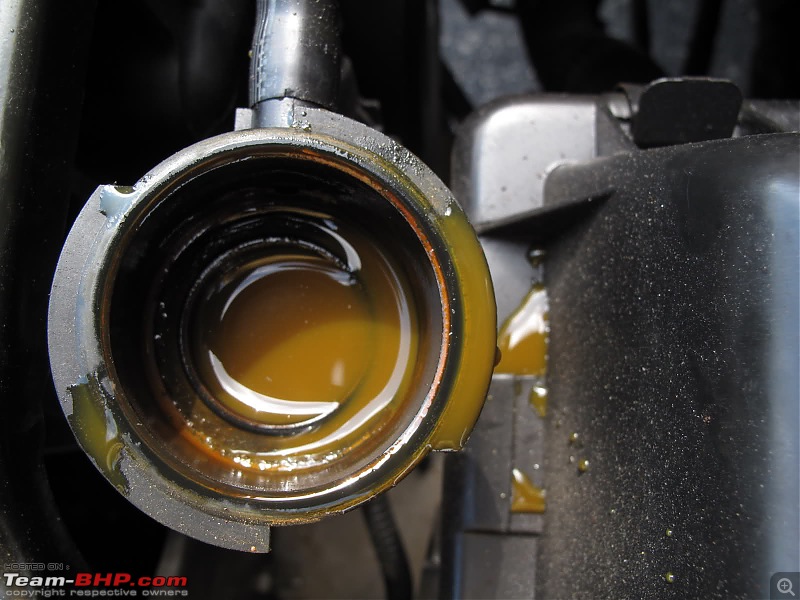
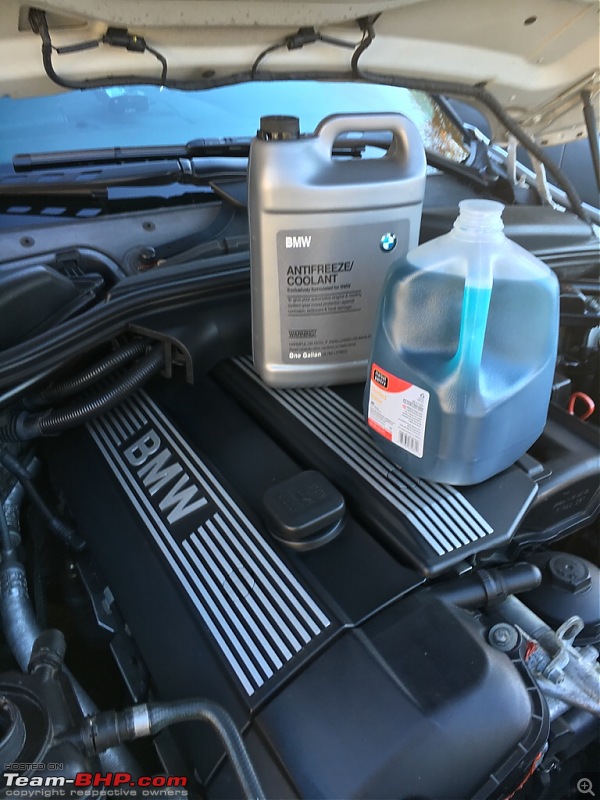
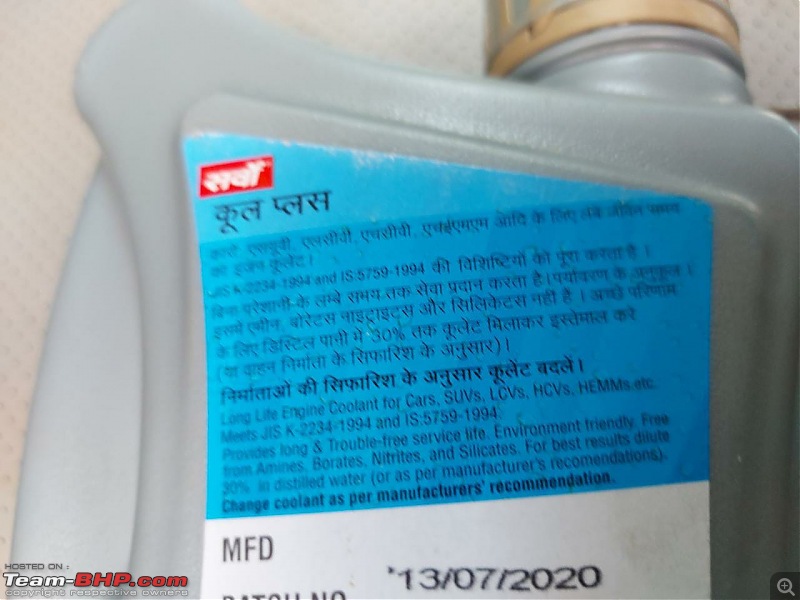
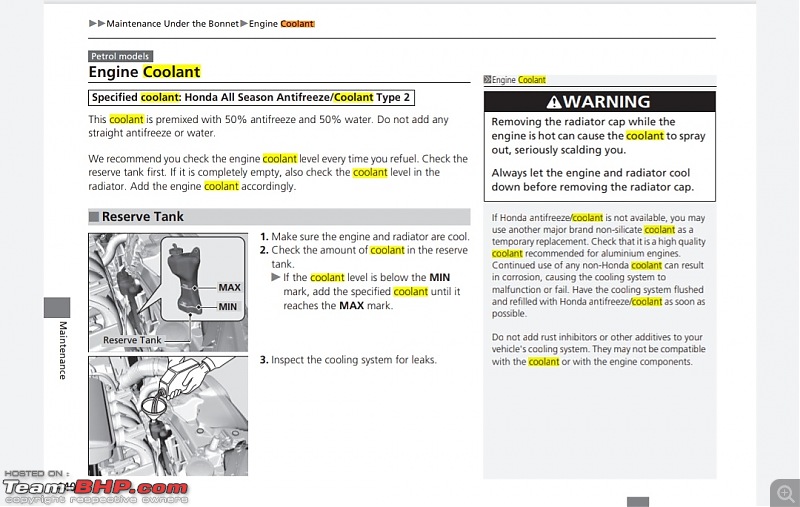



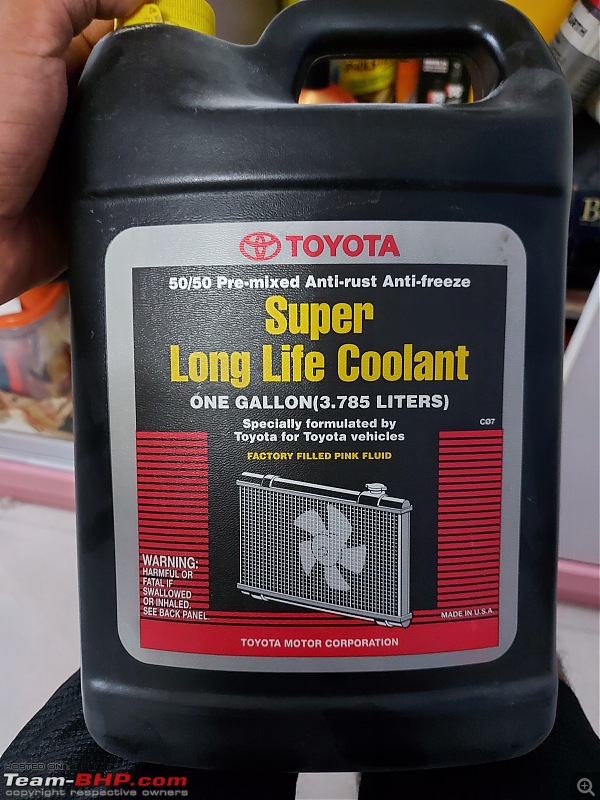
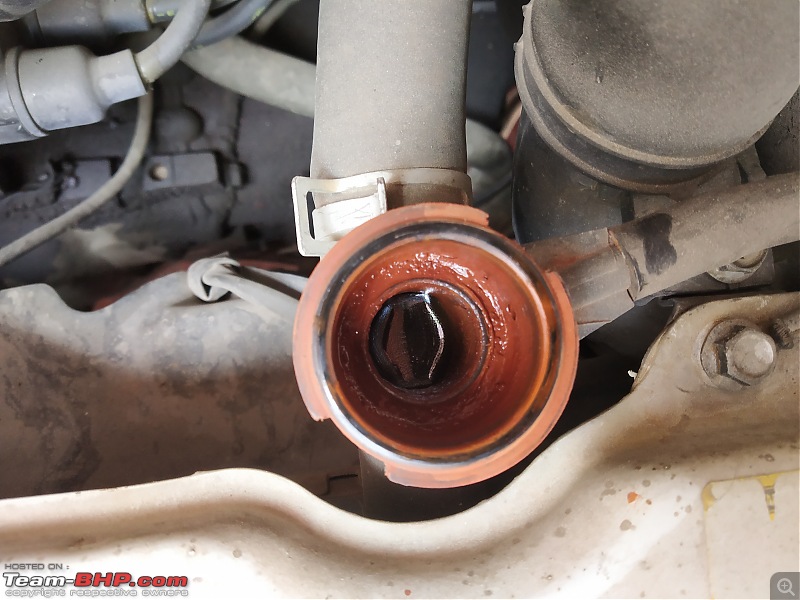
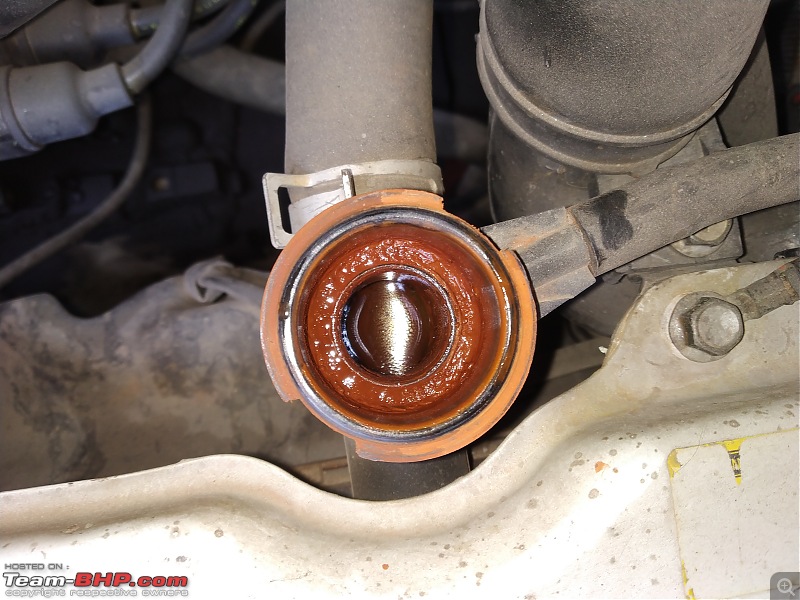
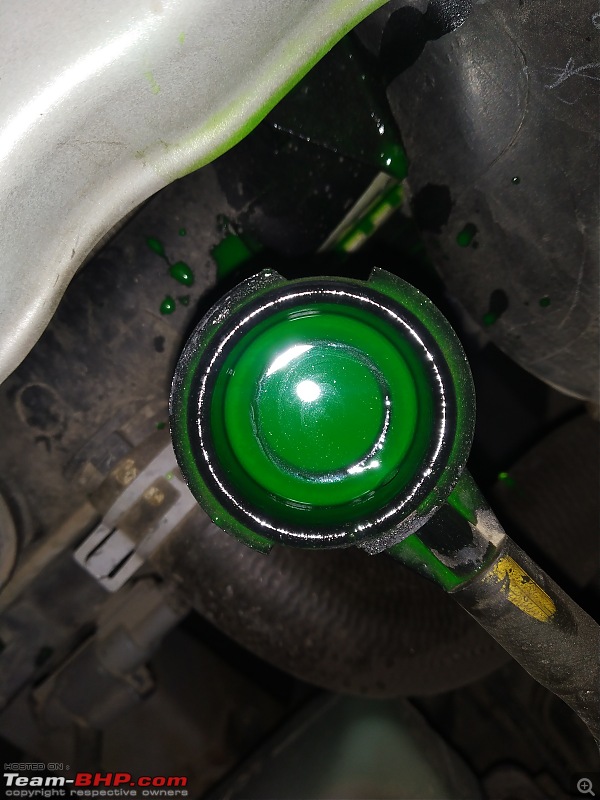
 I have been using the Amsoil Dominator Coolant Boost in my 7 year old Etios Liva for the past few years. Can someone also shed some light on coolant additives like this please?
I have been using the Amsoil Dominator Coolant Boost in my 7 year old Etios Liva for the past few years. Can someone also shed some light on coolant additives like this please?